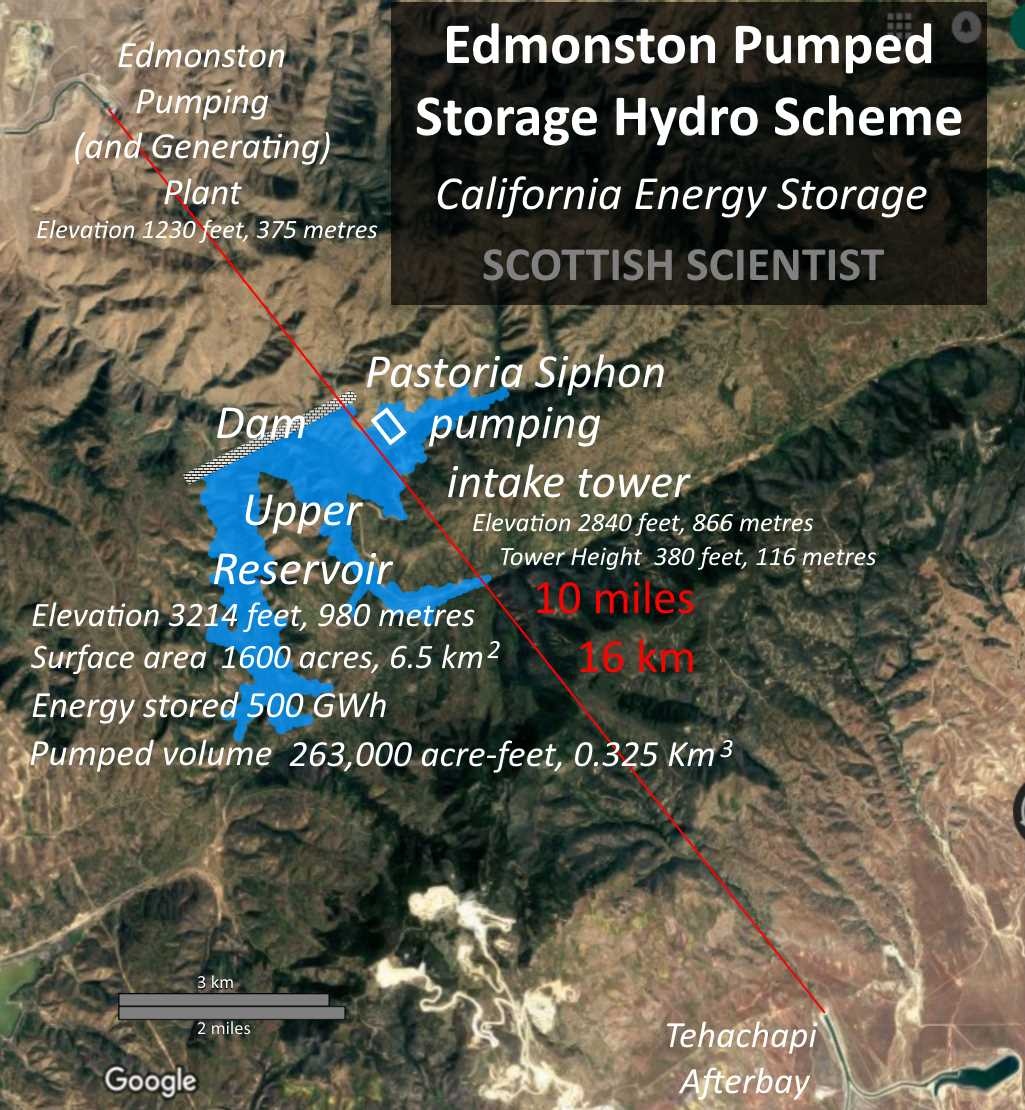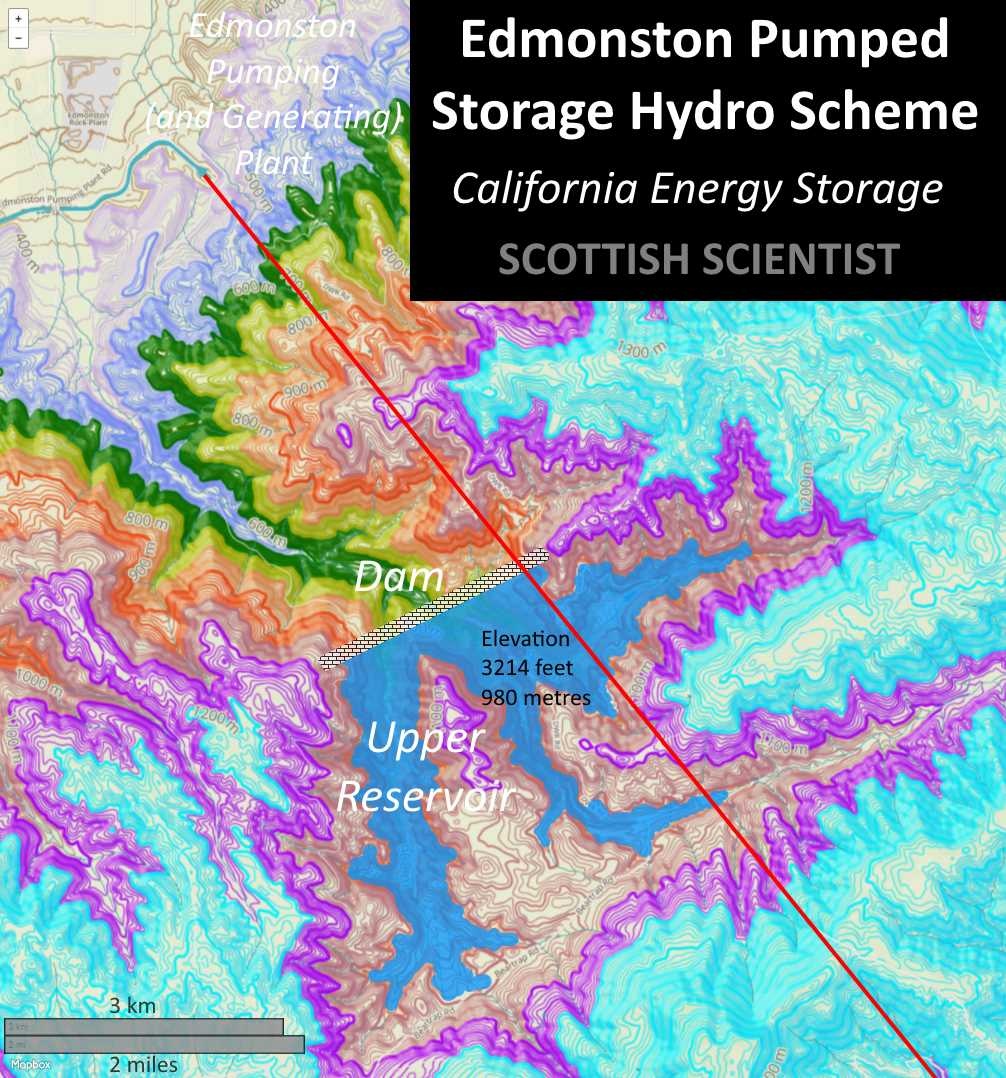Your mistake was in using the words "the full farm" when you said
"Do you not think that if you are capable of pointing out that it is 80 times too small to handle the full farm"
I am indeed pointing out that Musk's battery farm is too small to serve as a wind-powered baseload system by these factors -
* 80 times too small for South Australia's 1600MW of wind power
* 15 times too small for Hornsdale's 315MW
* 5 times too small for Hornsdale's third stage of 109MW
So your issue isn't with Musk or Tesla, but rather the media for not knowing what they were talking about. Musk has said, repeatedly, that this is meant as a test bed and as something to help with peak load demand and power leveling; he has no more control over people misunderstanding him than your or I do over the moon rising.The pop-science media were misled by what was represented to them in the news conference attended by SA Premier Weatherill and Elon Musk on Friday 7 July 2017, Adelaide, South Australia.
It was the duty of those in the know to state clearly that this was a temporary fix for a mostly fossil-fuel powered system that did not and could not offer any way forward to 100% renewable energy grid in South Australia.
... by the media. Don't attribute things to Tesla that were never said - it just makes you look foolish and gets peoples hackles up.A sticking plaster to fossil fuel back-up to wind. I know that, you know that but that's not the impression that was given.
It wouldn't be the first time a snake oil salesman has fooled the customer, no.
Again, you are blaming Tesla for something they didn't do. Their explanation was pretty thorough... if you want to go after a snake oil salesmen, well, I gave you a few examples, yet you have been oddly silent on them.



